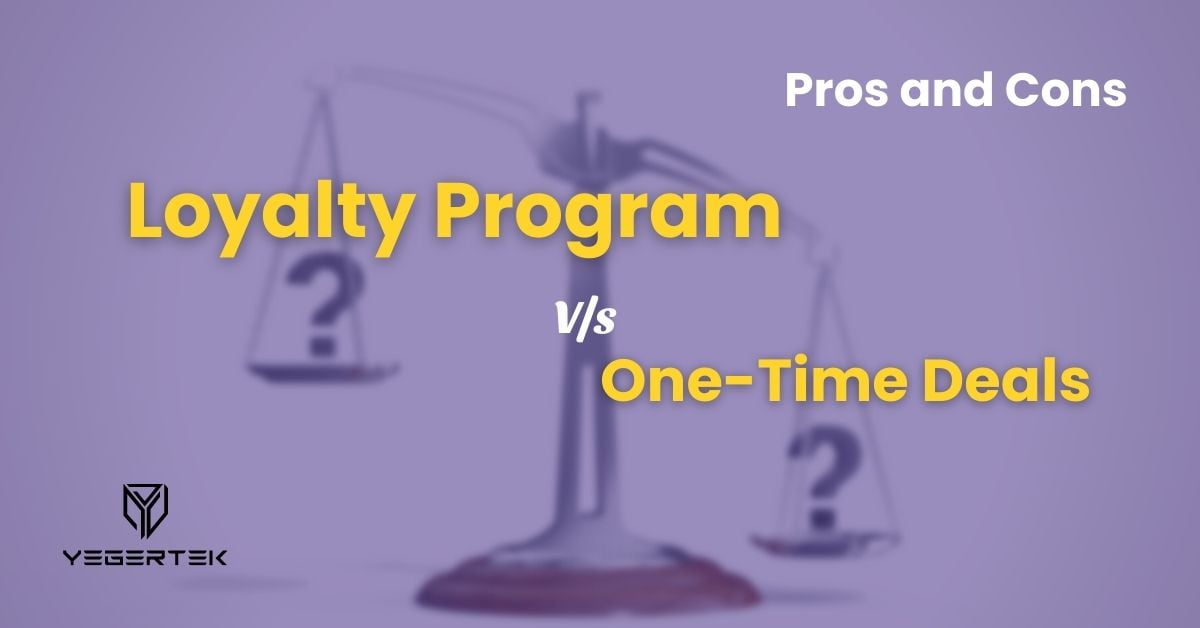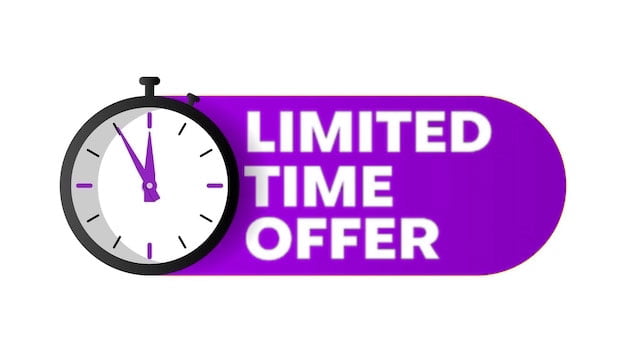
Businesses frequently find themselves at a fork in the road while deciding between loyalty programs & one-time incentives in the world of marketing and client engagement. Both techniques seek to draw in and to keep customers, yet they are very different in both execution and results.
We look at the pros and cons of loyalty programs and one-time offers to help you make an informed decision that aligns with your business goals.
In a competitive market, companies are always looking for novel methods to engage clients and win their allegiance. Loyalty programs and one-time deals are two such strategies that often take center stage. Let’s find the pros and cons of loyalty programs vs one time deals.
Understanding Loyalty Programs vs One-Time Deals
Loyalty programs are well structured rewards with crm systems and designed to encourage repeat purchases by offering exclusive incentives to loyal customers. Through these actions, customers feel a sense of belonging and appreciation, deepening their emotional bond with your brand.
One-time deals, on the other hand, involve offering a significant discount or promotion for a limited period. Their aim is to attract immediate sales by tapping into customers’ desire for a bargain. While loyalty programs focus on long-term engagement, one-time deals prioritise short-term conversions.
Pros and con of Loyalty Programs
1. Foster Customer Retention
Loyalty programs are expert in retaining customers by consistently rewarding their repeat business. The promise of collecting points or receiving exclusive rewards benefits to keep customers engaged over the time.
2. Sustainable Revenue Stream
A well-structured loyalty program can create a predictable revenue stream, as enrolled customers tend to spend more with each visit to maximise their rewards.
3. Enhanced Customer Data Collection
Loyalty programs can provide valuable customer data, enabling businesses to analyze preferences and buying behaviors. in this data-driven insight can strengthen marketing strategies and product sales.
4. Brand Advocacy and Word-of-Mouth Marketing
Loyal customers often become brand advocates, promoting the business to friends and family. Positive word-of-mouth marketing is a powerful tool that loyalty programs can help nurture.
Cons of Loyalty Programs
1. Initial Investment and Maintenance
Implementing a loyalty program requires initial investment in terms of software, rewards, and marketing. Moreover, ongoing maintenance can be resource-intensive.
2. Potential Customer Exploitation
In some cases, loyalty programs might lead to customers making unnecessary purchases solely to earn rewards, potentially compromising their financial well-being.
3. Complexity in Design and Execution
Designing an effective loyalty program demands careful planning. A complex program can confuse customers and deter participation.
Pros and con of One-Time Deals

1. Immediate Sales Boost
One-time promotions generate a sense of urgency, motivating clients to buy right away. This can result in a short-term spike in sales.
2. Attracting Price-Sensitive Customers
Customers who are price-sensitive might be more likely to make a purchase if they believe they’re getting a significant discount.
3. Flexibility and Adaptability
One-time deals can be quickly designed and deployed to respond to changing market conditions or inventory needs.
4. Clear Inventory Management
These deals can help manage excess inventory or promote specific products that need a sales boost.
Cons of One-Time Deals
1. Limited Customer Retention
One-time deals often fail to create a lasting relationship with customers, as the focus is primarily on the immediate transaction.
2. Perceived Value Erosion
Frequent one-time deals might erode the perceived value of a product, causing customers to wait for discounts before making a purchase.
3. Risk of Attracting Transactional Shoppers
One-time deals might attract customers who are solely interested in the deal, rather than the brand itself, leading to lower long-term engagement.
4. Making the Choice: Factors to Consider
Consider aspects such as your business kind, target audience, long-term goals, competition, and industry conventions when deciding between loyalty programs and one-time deals.
Conclusion
In the dynamic landscape of business, both loyalty programs and one-time deals have their place. Loyalty programs cultivate lasting customer relationships, while one-time deals offer immediate sales boosts. Understanding the particular benefits and restrictions of each arrangement will empower you to create a key decision that’s in line along with your commerce destinations.




